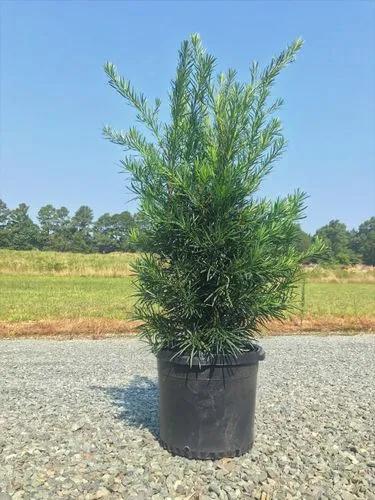The olive, known as Olea europaea, meaning "European olive", is a species of small tree in the family Oleaceae, found traditionally in the Mediterranean Basin. The olive's fruit is of major agricultural importance as the source of olive oil.
Olive Care
Olea europaea



Olea europaea is an evergreen tree which typically reach about 7-9m (25-30 feet) tall with a naturally slight weeping habit. When the trees are young, they have a smooth grey bark, but as they age the trunks become increasingly gnarly looking. The elliptical to lanceolate leaves are grey-green above and silvery beneath, up to 8cm (3 inch) long. To be able to survive in a hot and dry climate, the leaves have a protective coating and are hairy undersides, an adaptation that slows down the transpiration process. There are Olea europaea trees varieties grown for fruit harvest, for oil production and even fruitless varieties grown just for ornamental proposes. It can be invasive in Australia.
How to Care for the Plant

Water

Although they can cope with dry periods, olives in containers need regular watering and feeding to produce fruit. During the growing season, keep the compost moist and feed with a balanced liquid fertiliser such as Phostrogen, every month. In winter, reduce watering, but don't let the compost dry out completely.

Pruning

Trim off any dead leaves and stems.

Fertilizer

As with most houseplants, they will benefit from an occasional feed during the growing season. An organic, balanced, liquid fertilizer once a month during spring and summer is recommended.

Sunlight

This plant grows best in partial sun/shade and only needs 6 to 12 hours of filtered sunlight.

Soil

Loam soil offers a great balance of silt, sand, and clay as well as a bit of hummus.

Temperature

These trees are surprisingly hardy; large plants can be hardy to around -15°C (5°F) or lower, as long as the soil is well drained. Mature plants will be evergreen to around this temperature, younger plants are more susceptible to leaf loss if the temperatures are continually very low. In frosting areas, during the winter months, the plants should be moved to a cool room where the night time temperature goes down to 9°C (48°F).

Container

Whether it be plastic or clay, make sure the pot you select has drainage holes in the bottom to prevent over-watering.

Popularity

35,364 people already have this plant 2,084 people have added this plant to their wishlists
Discover more plants with the list below
Related articles






